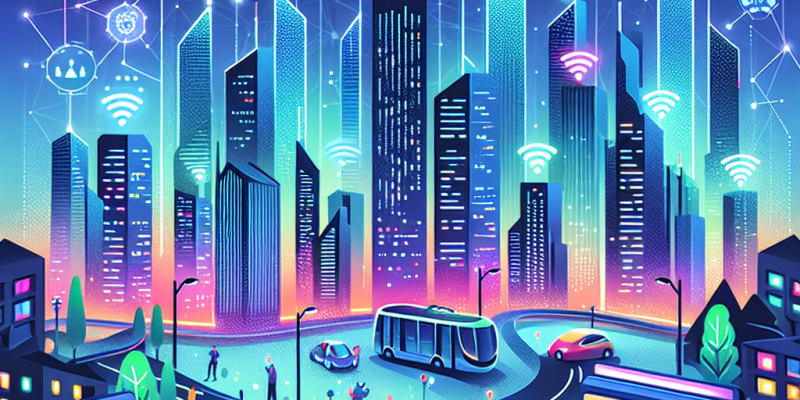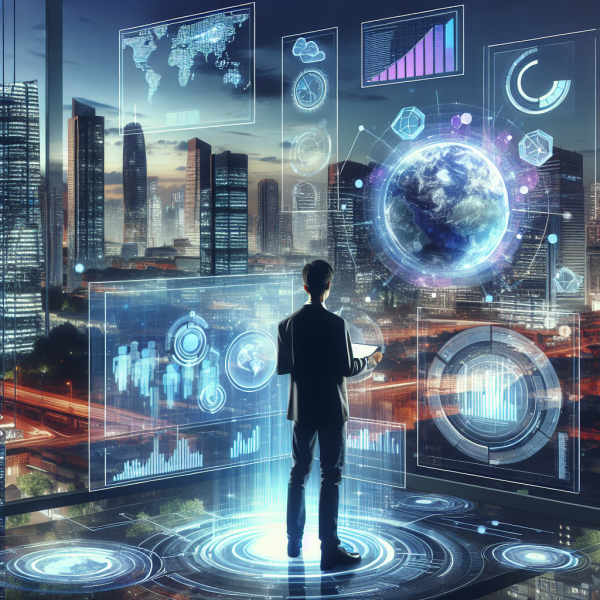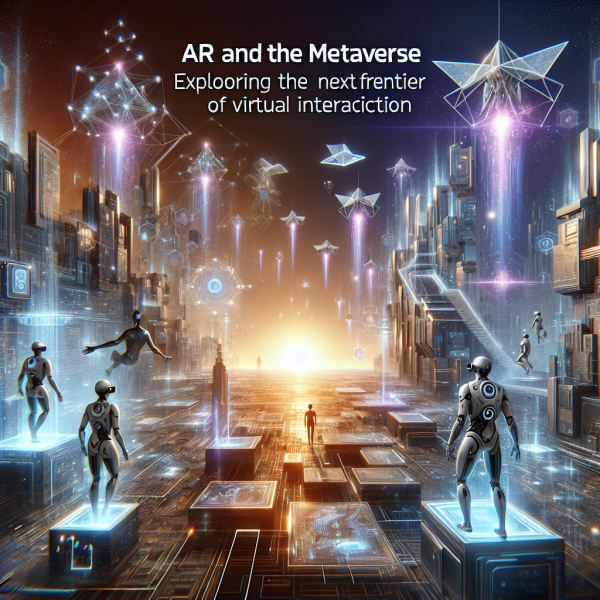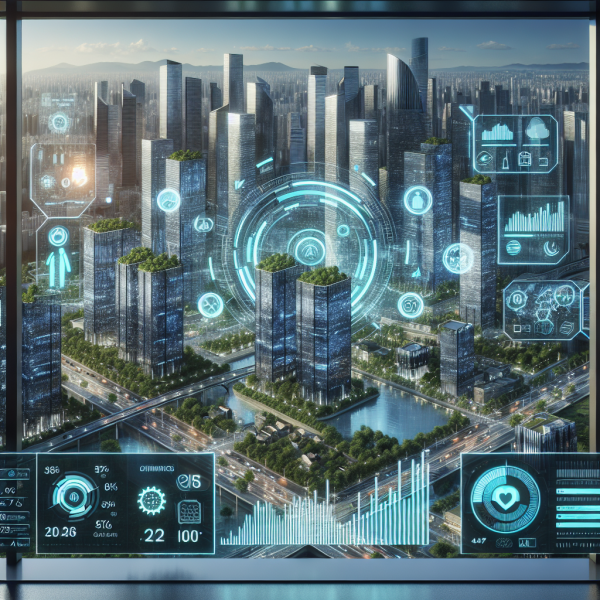Smart Cities and IoT: How Emerging Technologies are Shaping Urban Living in 2024

As urban populations continue to swell, the challenges of urban living evolve. In response, cities around the globe are increasingly turning to smart technologies, specifically the Internet of Things (IoT), to foster innovative solutions that enhance the quality of life for residents. As we delve into 2024, smart cities are emerging as the frontier of urban development, reshaping how we interact with our environment, consume resources, and coexist within our communities.
Understanding Smart Cities and IoT
A smart city is an urban area that utilizes technology to improve operational efficiency, enhance service delivery, and respond more effectively to citizens’ needs. At the heart of this transformation is IoT— a network of interconnected devices that collect and share data. From sensors that monitor traffic flow to smart grids that optimize energy consumption, the integration of IoT technologies is fundamental to the development of smart cities.
The Role of IoT in Urban Living
1. Enhanced Mobility and Transportation
In 2024, cities are leveraging IoT to create seamless transportation systems. Smart traffic management systems use real-time data from sensors embedded in roads and vehicles to optimize traffic flow and reduce congestion. IoT applications facilitate dynamic public transport routing based on actual demand, providing residents with efficient alternatives to traditional transit systems. Additionally, electric vehicle (EV) charging stations are increasingly equipped with smart technology that informs users of charging availability and integrates with local energy grids.
2. Sustainable Energy Management
With rising concerns about climate change, smart cities are committed to sustainability. IoT-enabled smart grids help manage energy consumption more effectively, allowing cities to monitor production and demand in real time. In 2024, we see substantial growth in decentralized energy models, where local renewable energy sources, such as solar panels, are utilized in conjunction with smart batteries. These innovations empower residents to reduce their carbon footprint while ensuring energy resilience.
3. Smart Waste Management
Waste management is undergoing a significant transformation through IoT technologies. Smart bins equipped with sensors can monitor waste levels and notify the waste management service when they need to be emptied. This not only optimizes collection routes but also helps minimize operational costs and reduce greenhouse gas emissions. In 2024, cities are employing data analytics to predict waste generation patterns, thereby improving their waste management strategies.
4. Public Safety and Security
Smart cities are prioritizing public safety using IoT technologies to create safer environments. Surveillance cameras equipped with advanced analytics can detect unusual activities, while connected emergency response systems ensure quicker, more efficient management of public safety incidents. In addition, IoT wearable devices, such as smart badges, are being implemented in urban centers to enhance personal safety, providing real-time alerts and location tracking in emergencies.
5. Health and Well-being
Public health has taken center stage in 2024, with cities deploying IoT solutions to monitor environmental conditions and improve residents’ health outcomes. Air quality sensors provide real-time data on pollution levels, enabling citizens to make informed decisions about outdoor activities. Furthermore, telehealth services powered by IoT facilitate remote patient monitoring and consultations, making healthcare more accessible to urban populations.
Challenges and Considerations
While the potential of smart cities is enormous, challenges remain. Data privacy is a principal concern as increased connectivity raises questions about surveillance and personal information security. Furthermore, the disparity in technology access can exacerbate inequality in urban living conditions if not addressed. To realize the full potential of smart cities, stakeholders must focus on building inclusive systems that prioritize equity alongside innovation.
The Road Ahead
Looking into the future, the continuous evolution of smart cities will depend on collaboration across government, private sector, and civil society. As a framework for sustainable urban living, smart cities must prioritize transparency, resilience, and adaptability. The integration of emerging technologies within urban settings is not just about efficiency; it’s about enhancing the human experience and nurturing vibrant, inclusive communities.
In summary, 2024 marks a pivotal year for smart cities, driven by IoT and the promise of smart technologies. As urban areas become increasingly interconnected and responsive, the vision for the cities of tomorrow is clearer than ever—one where technology uplifts urban living, fostering environments that thrive on innovation, sustainability, and community well-being.













